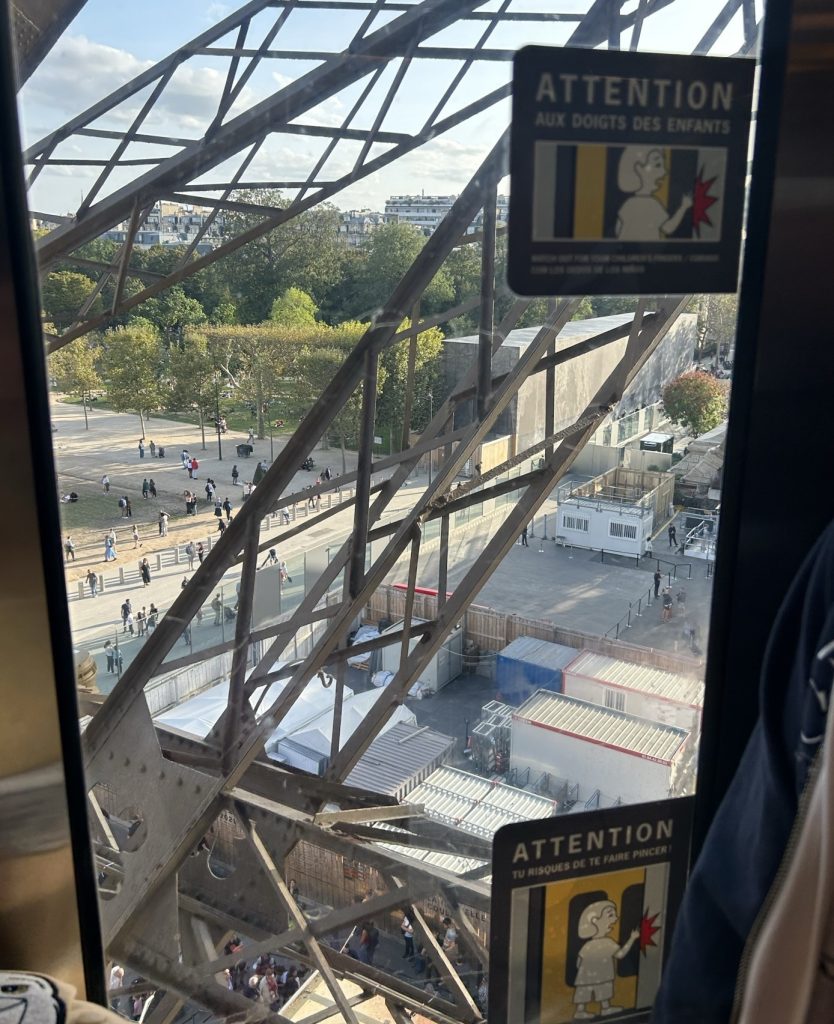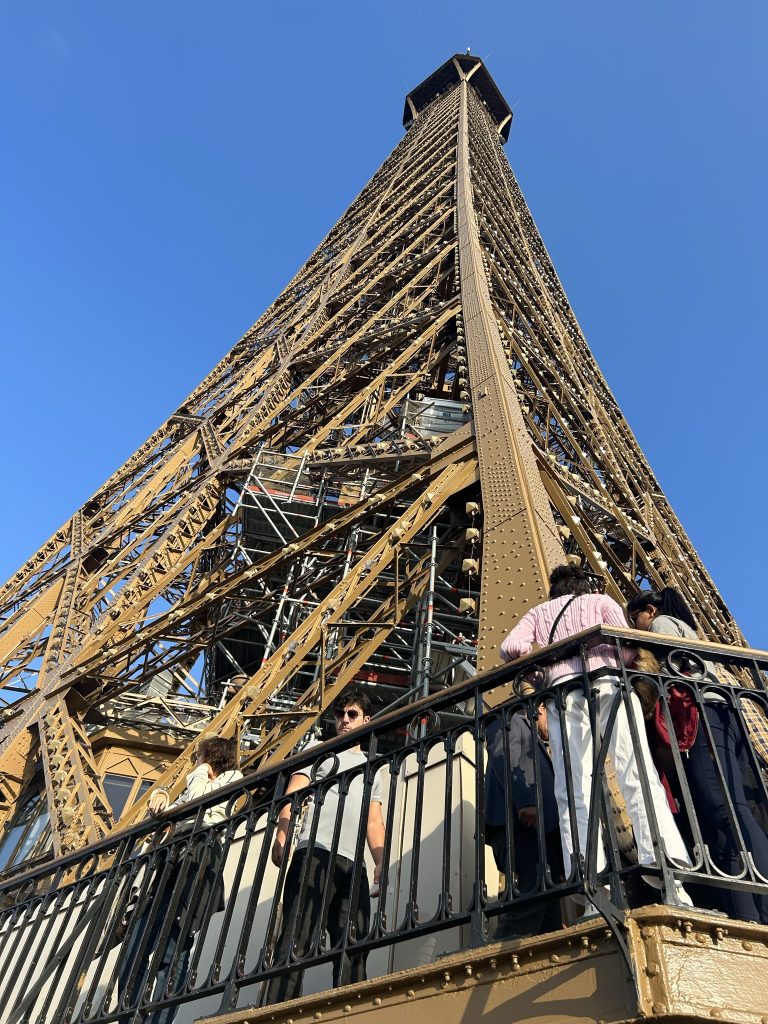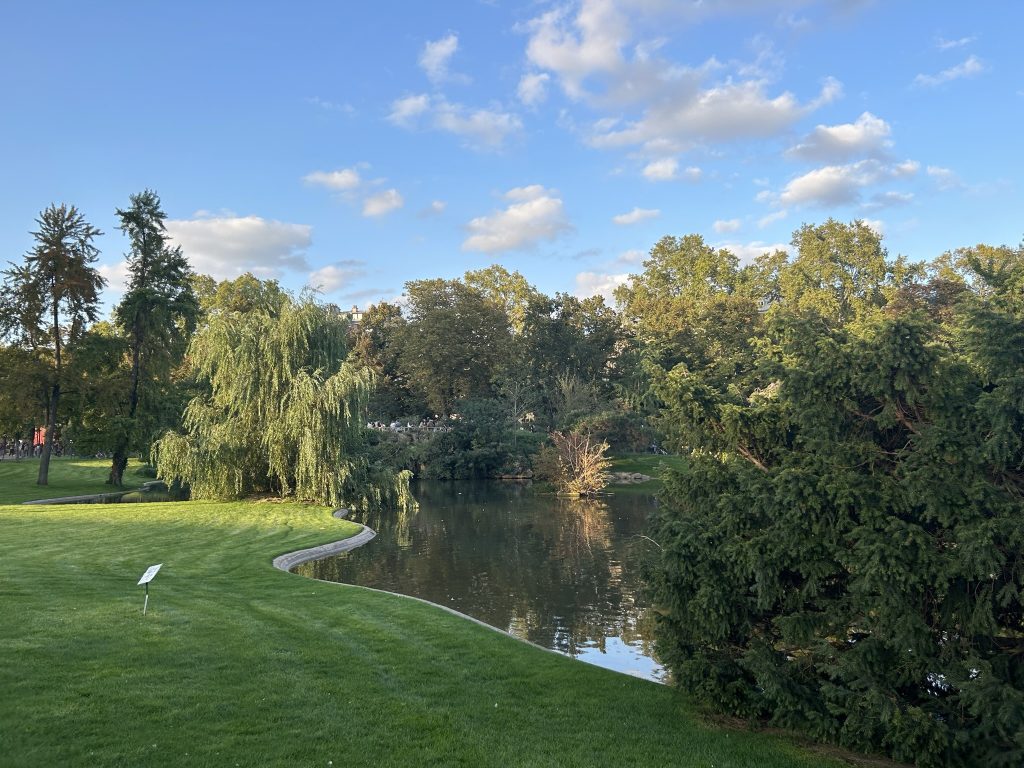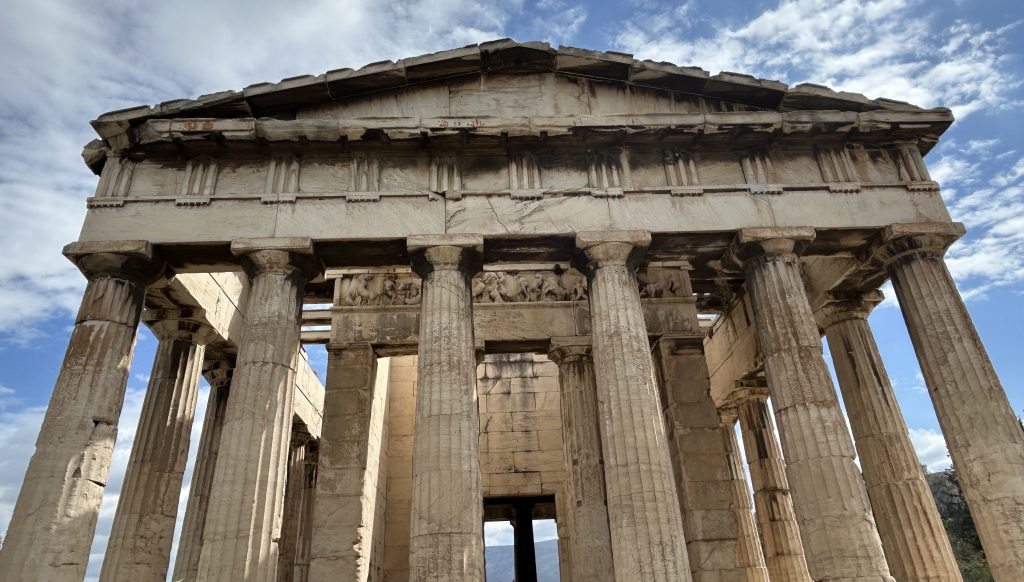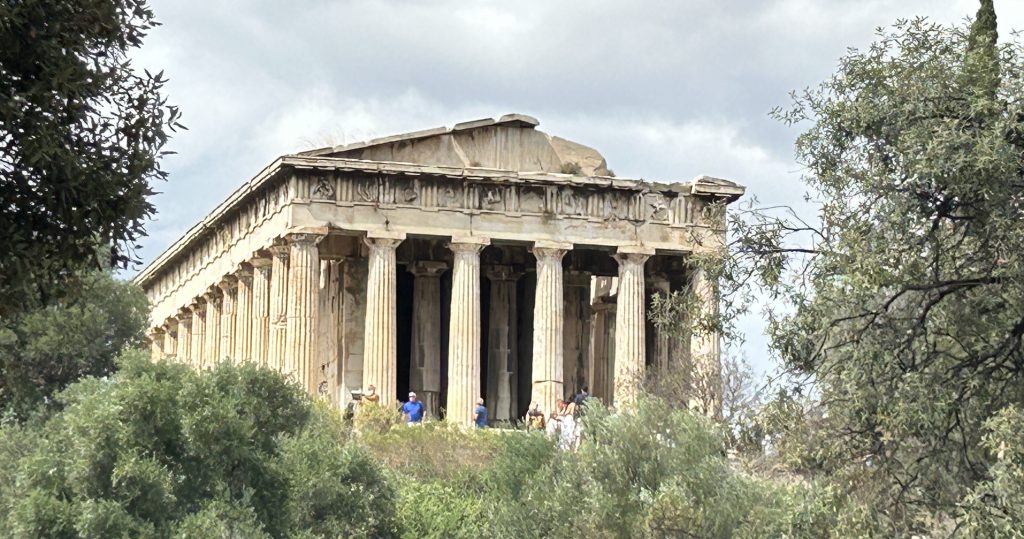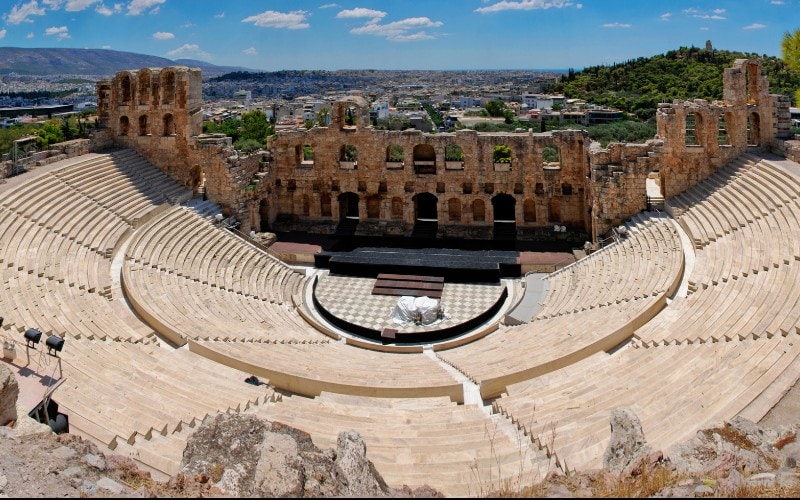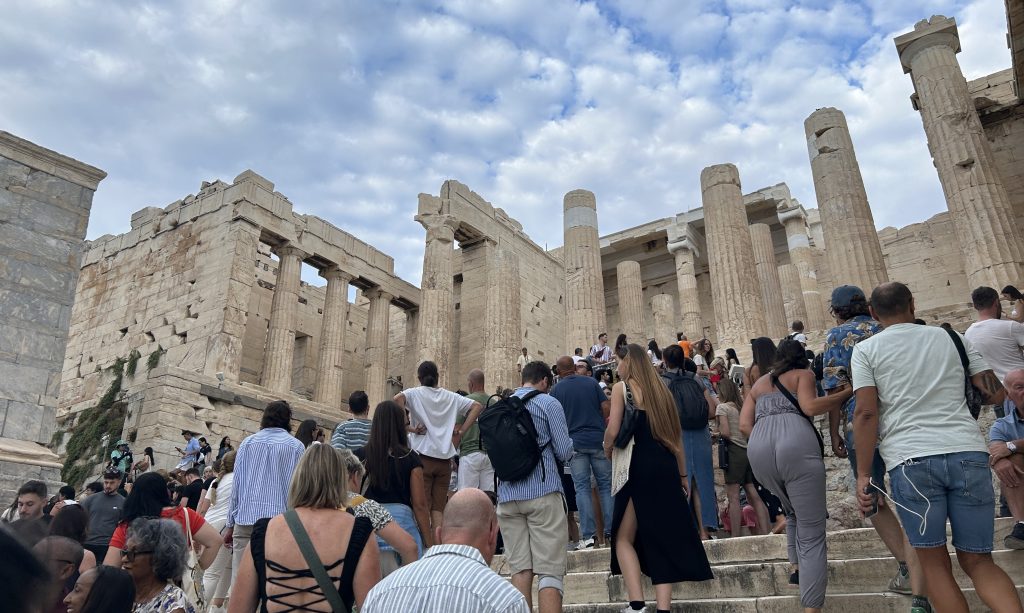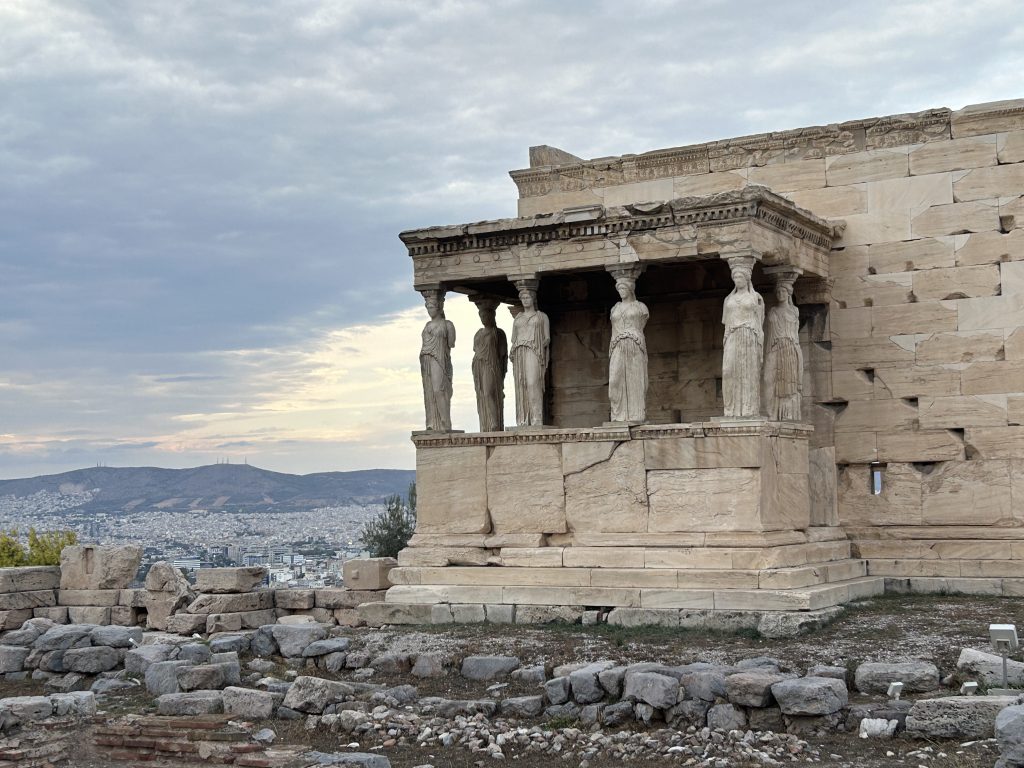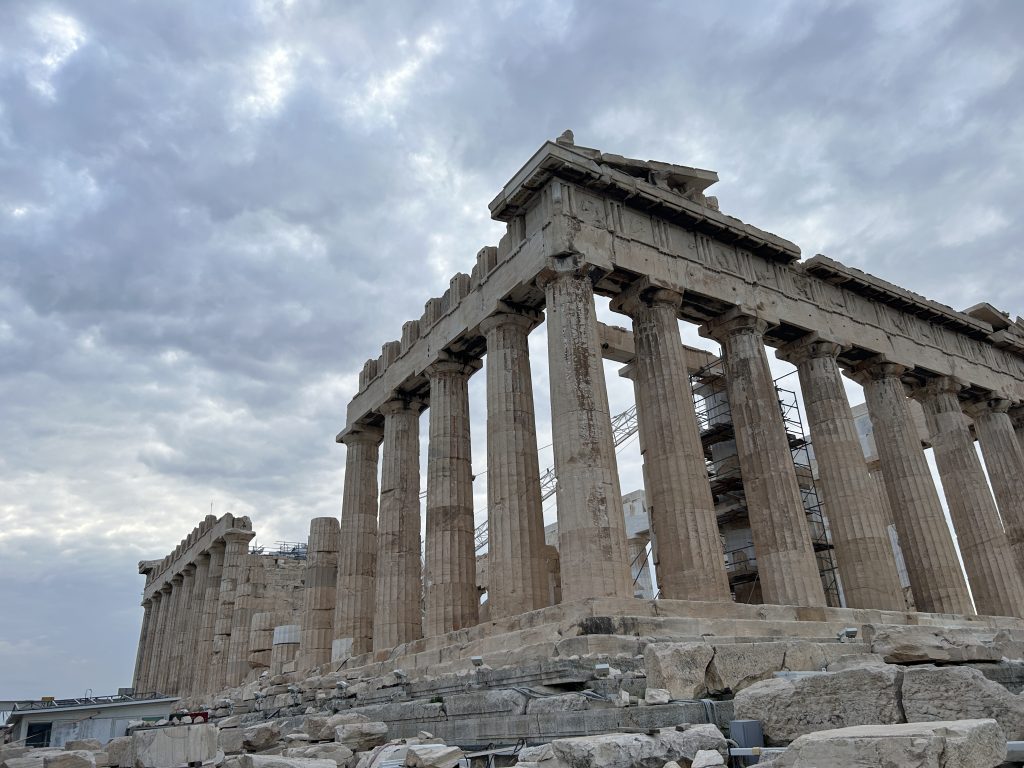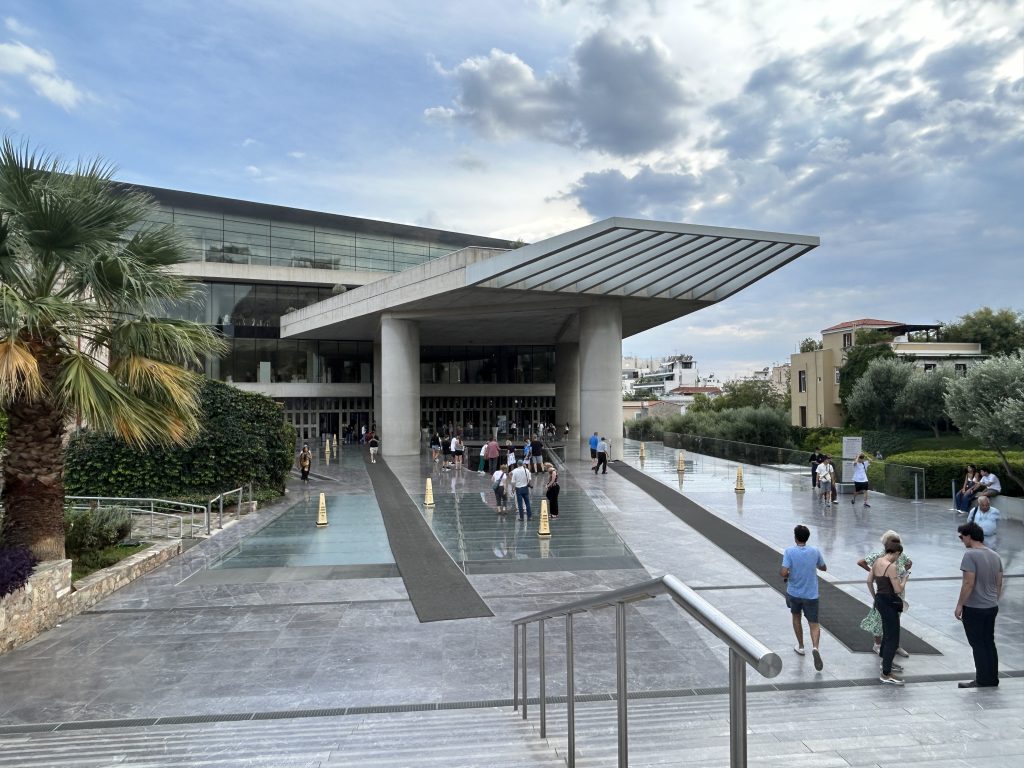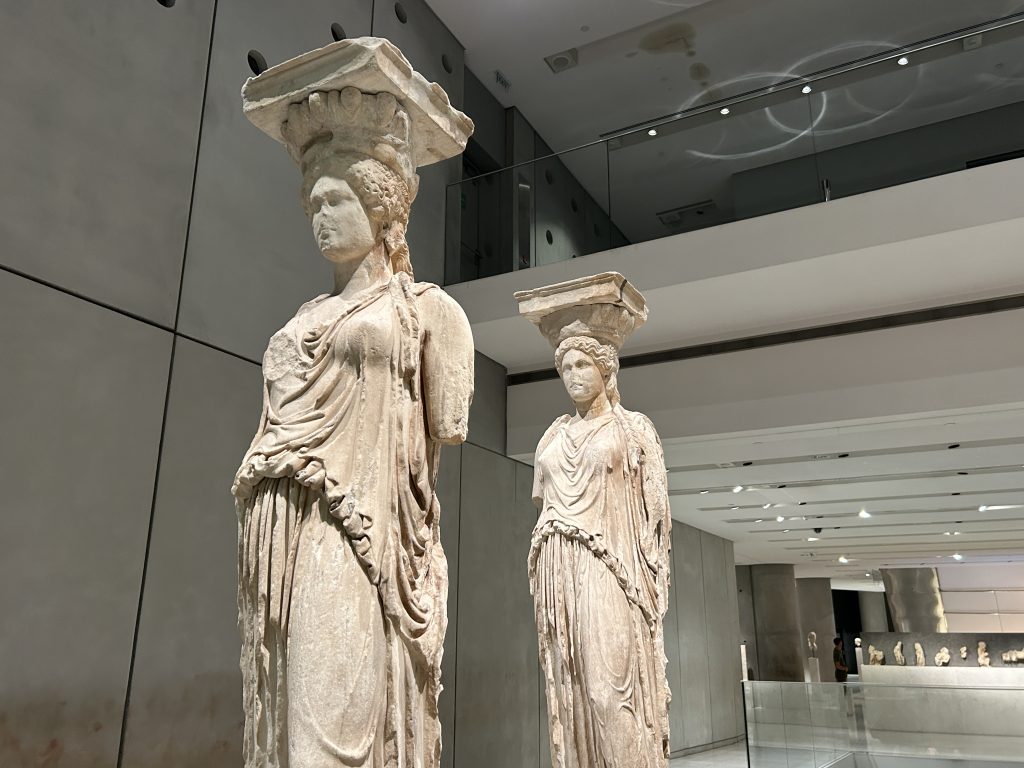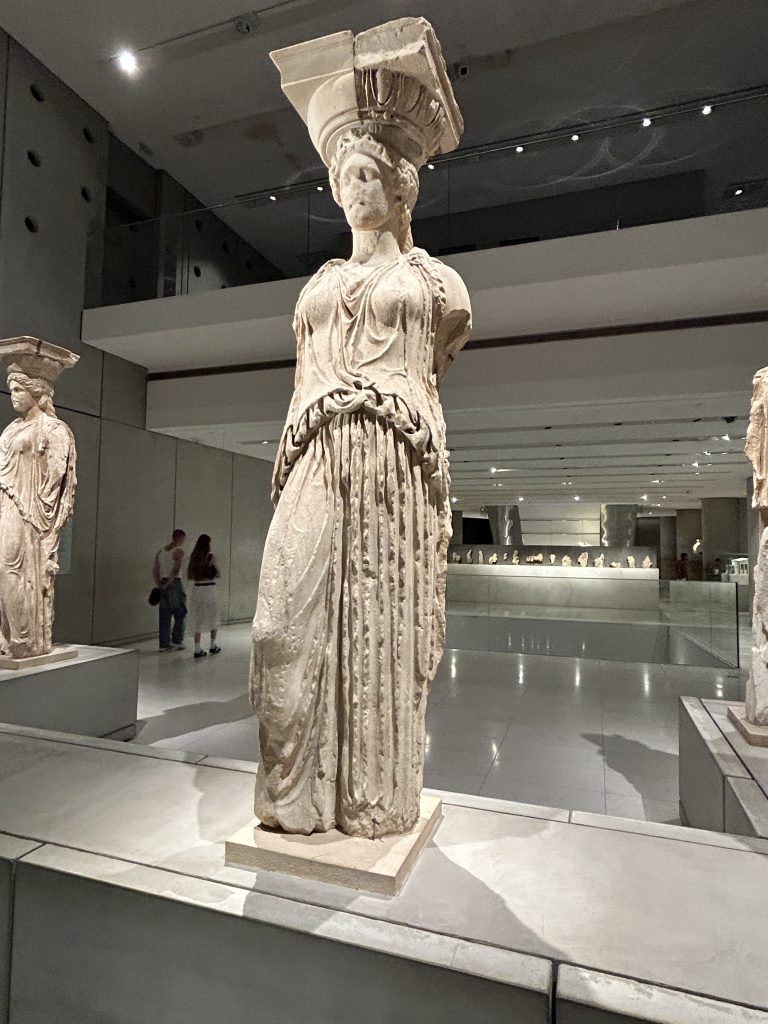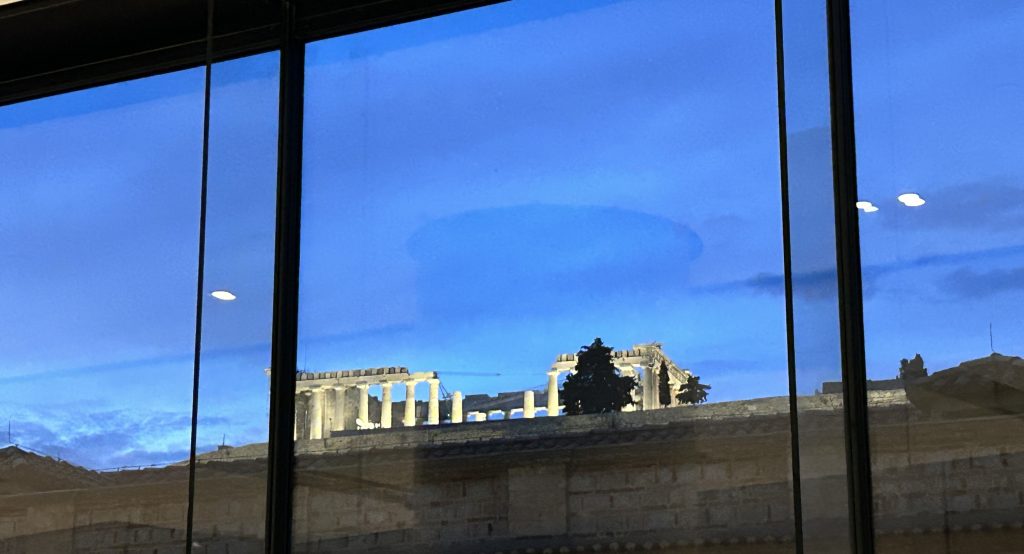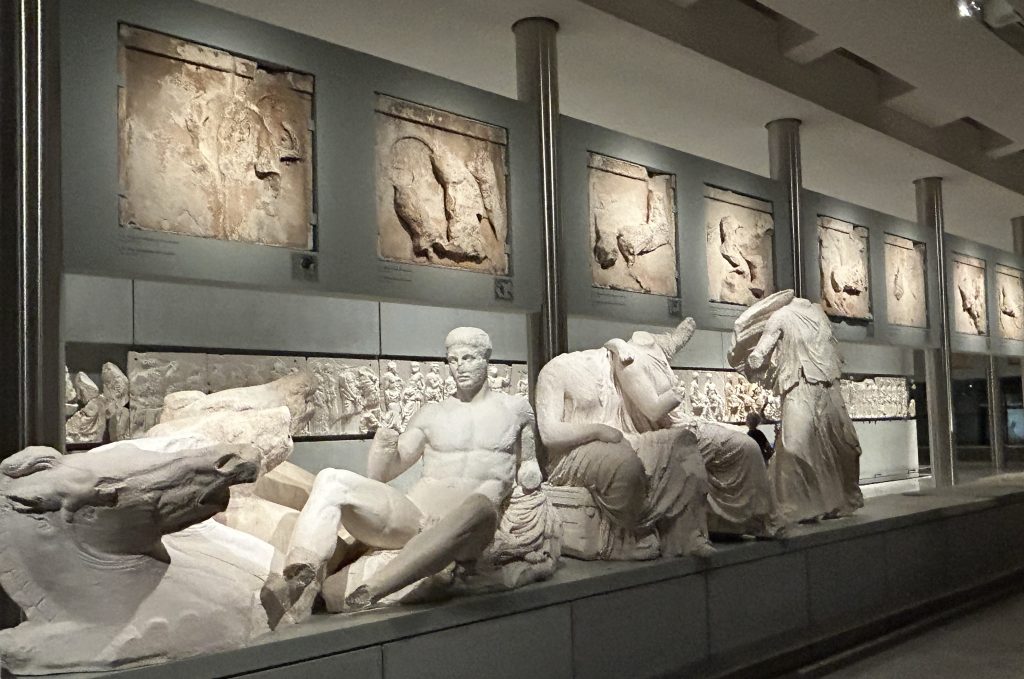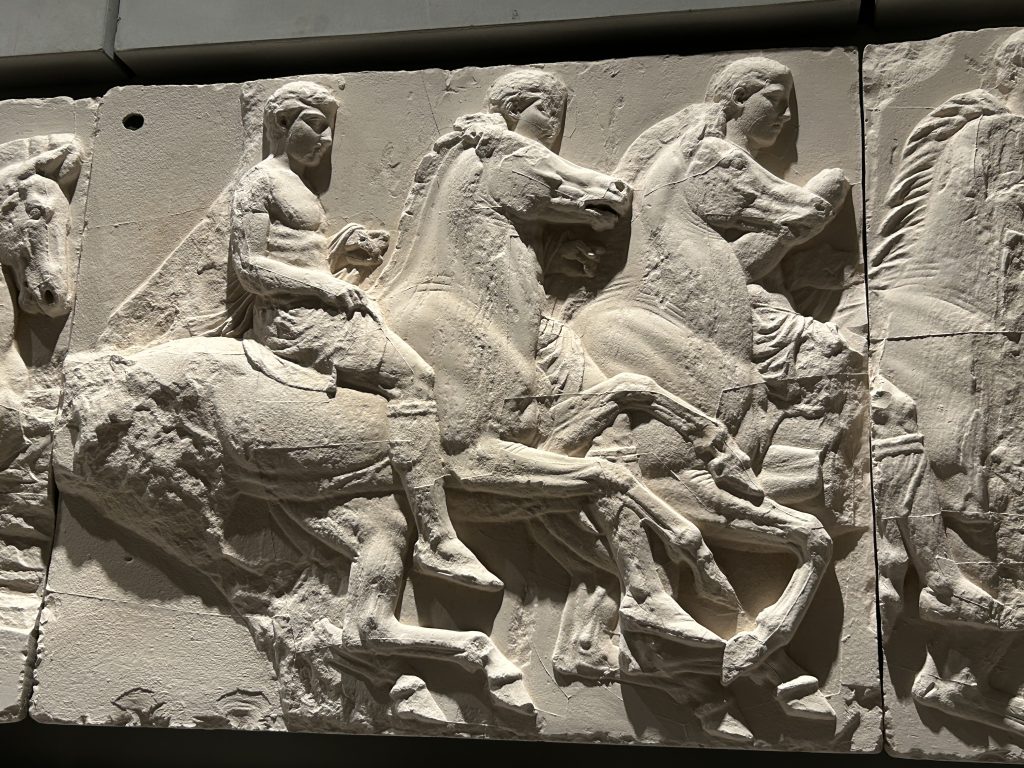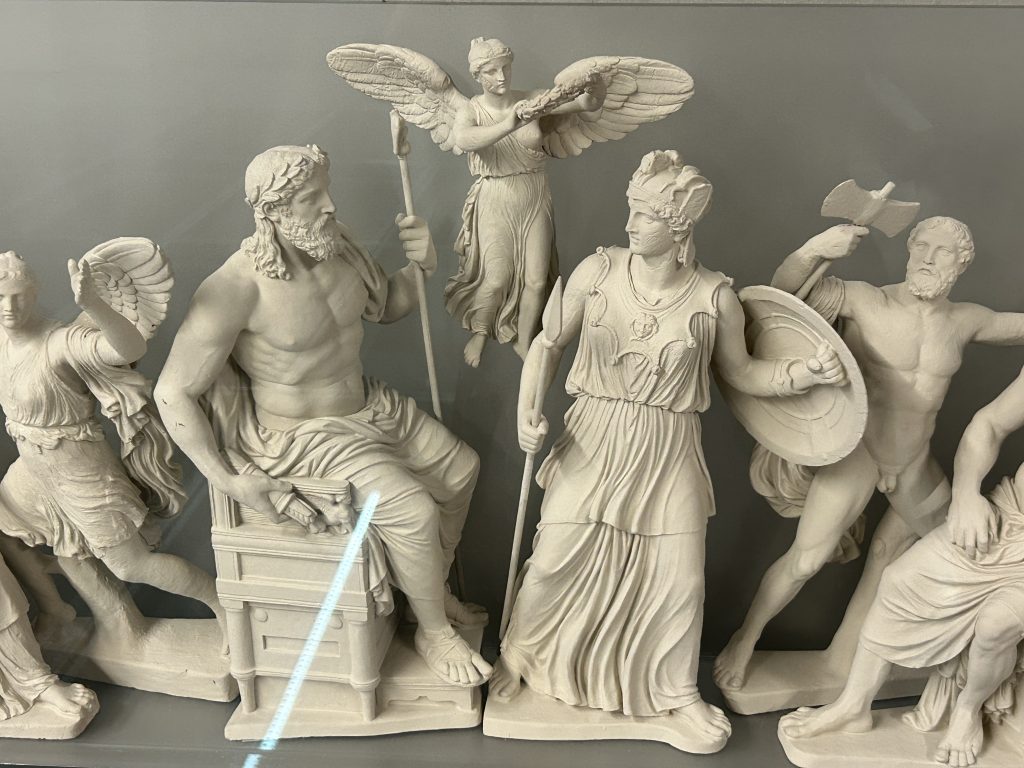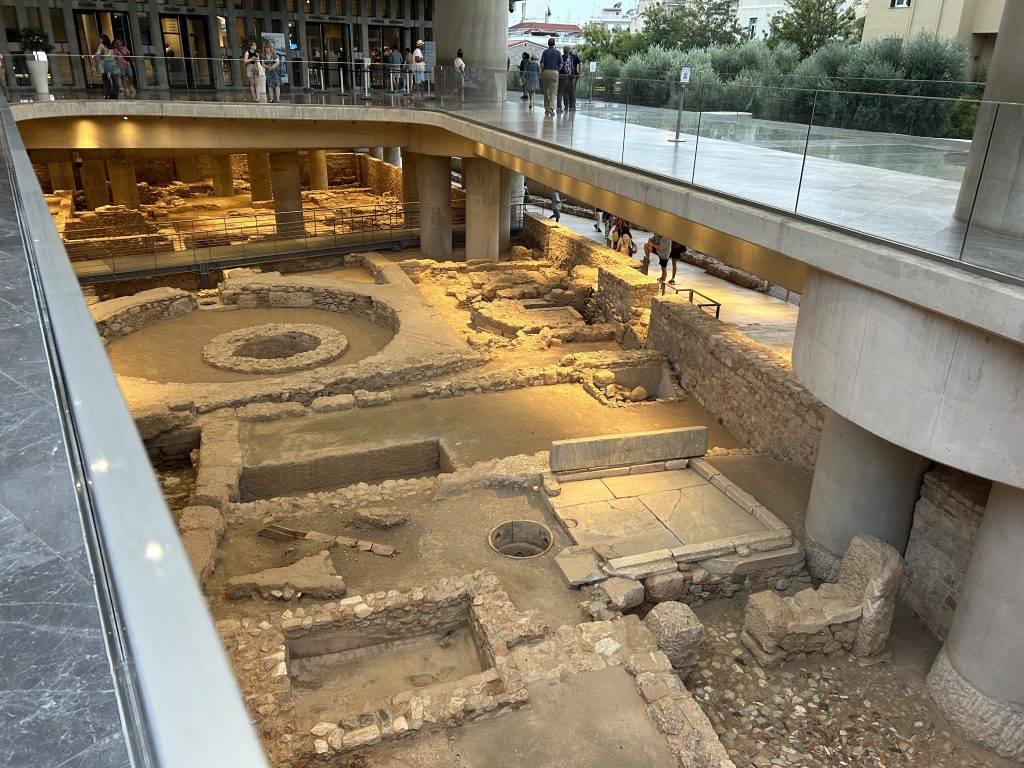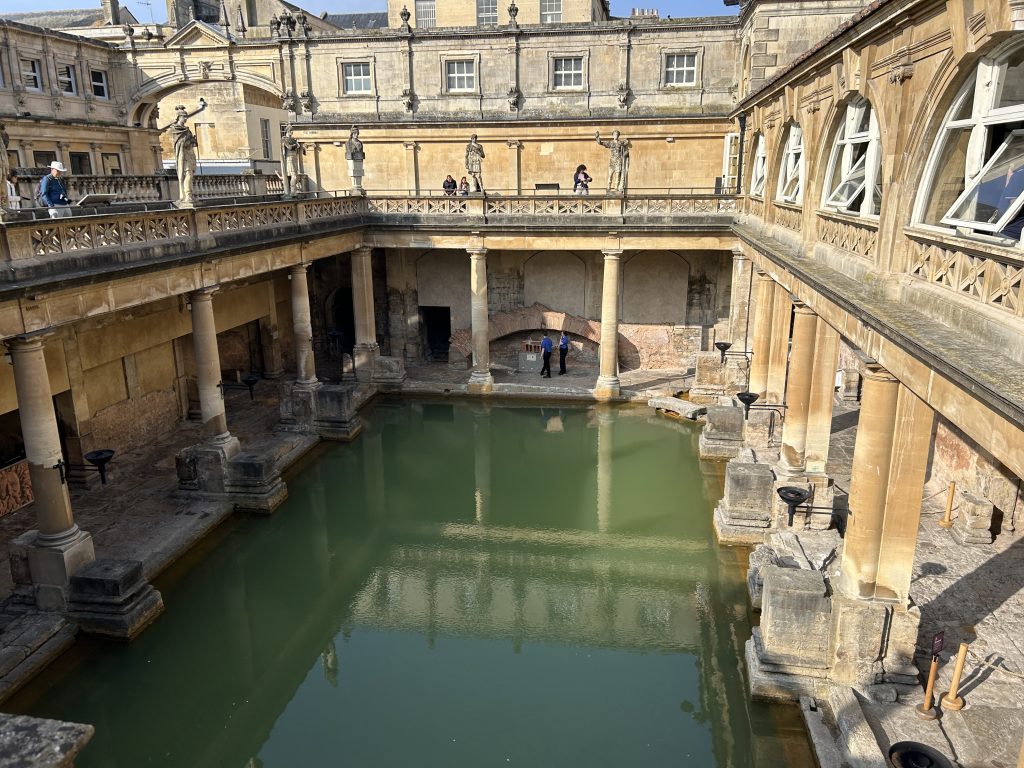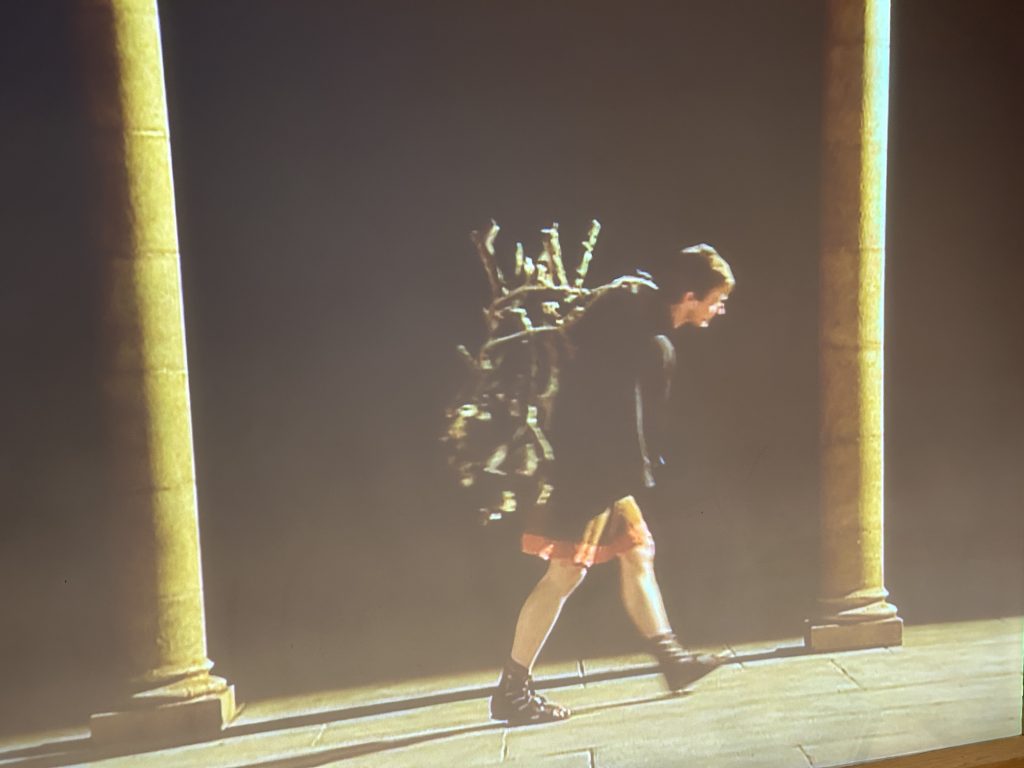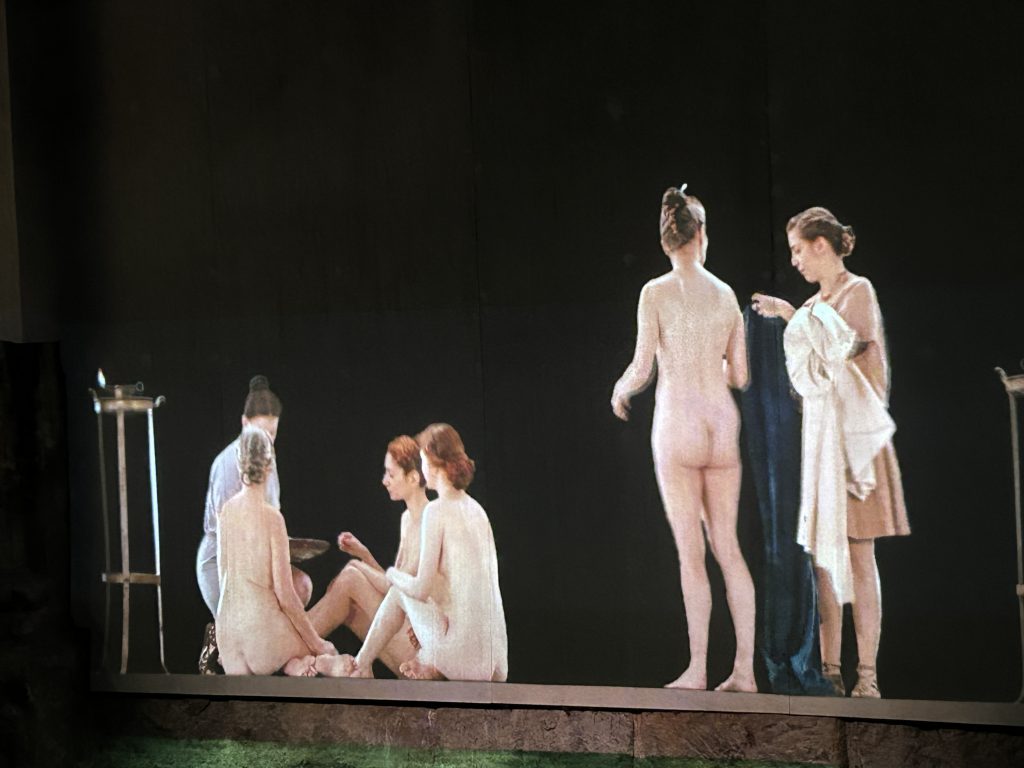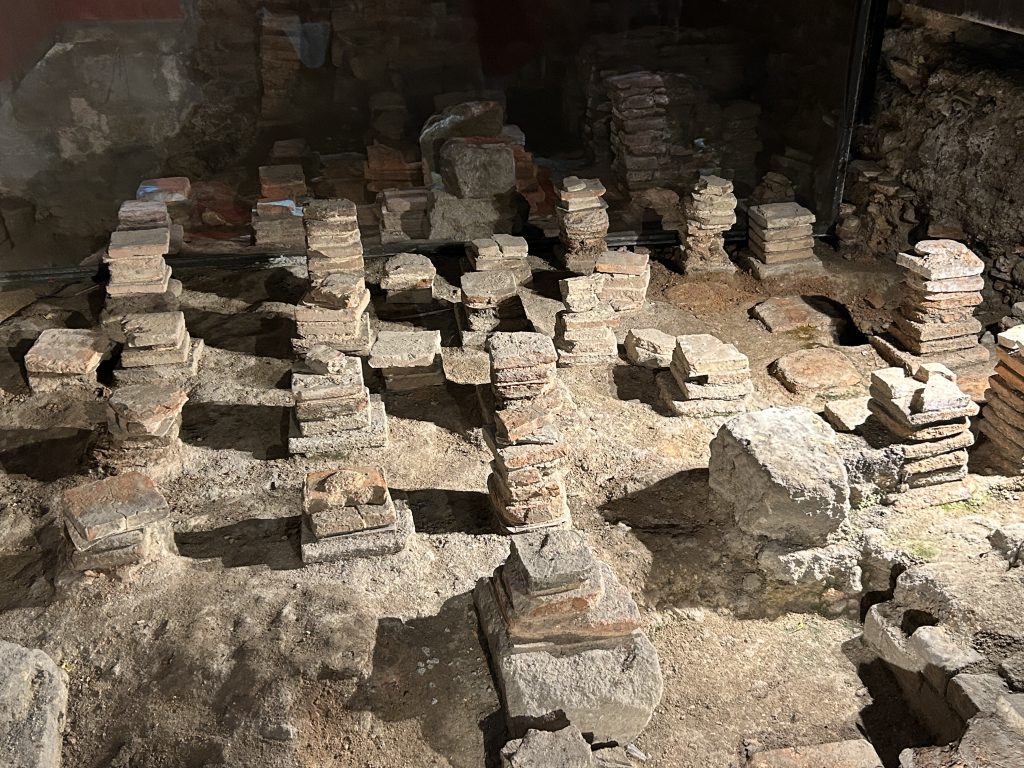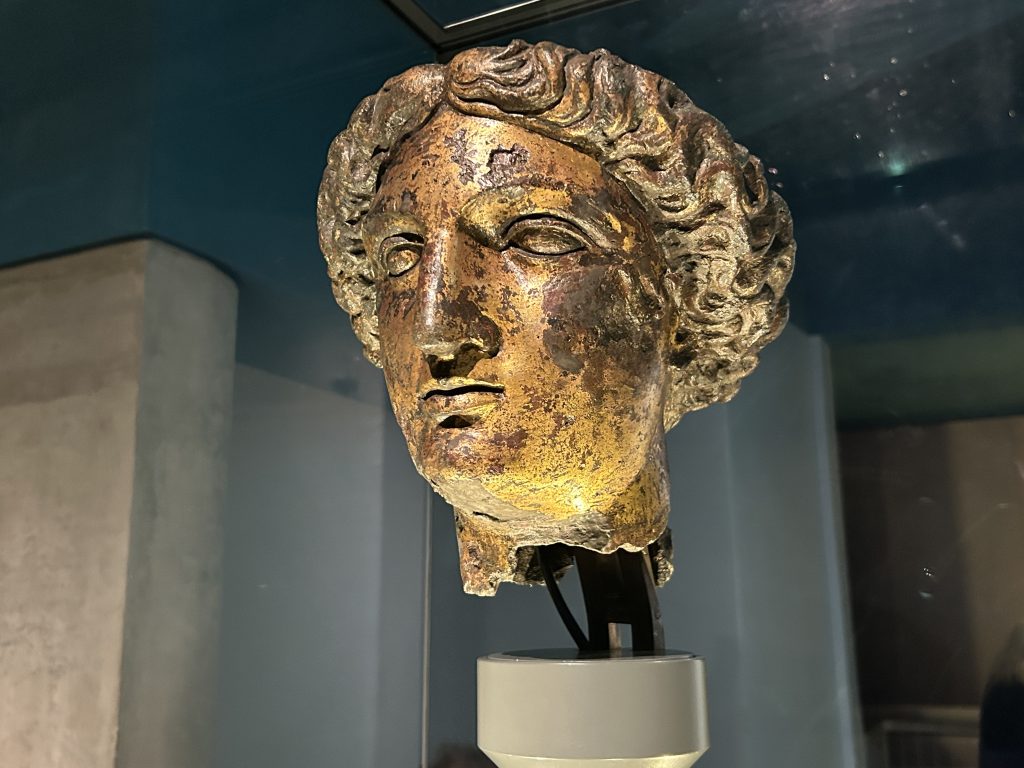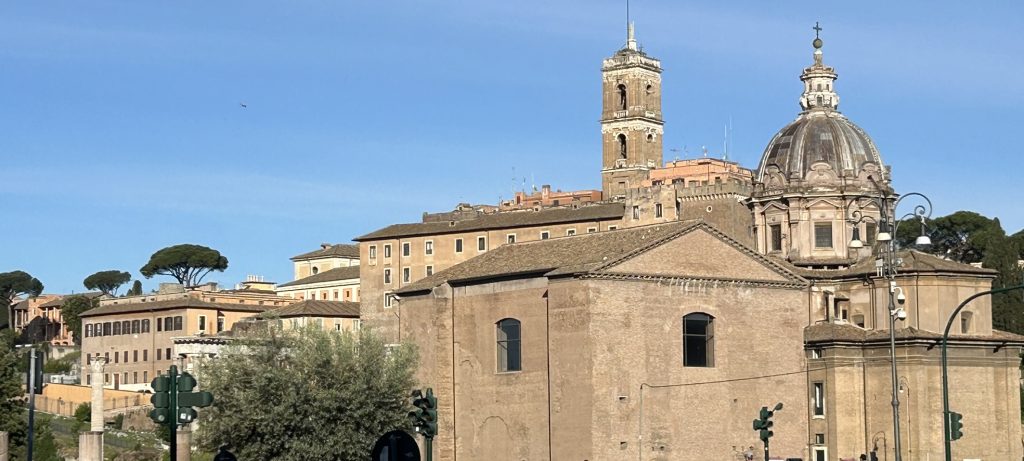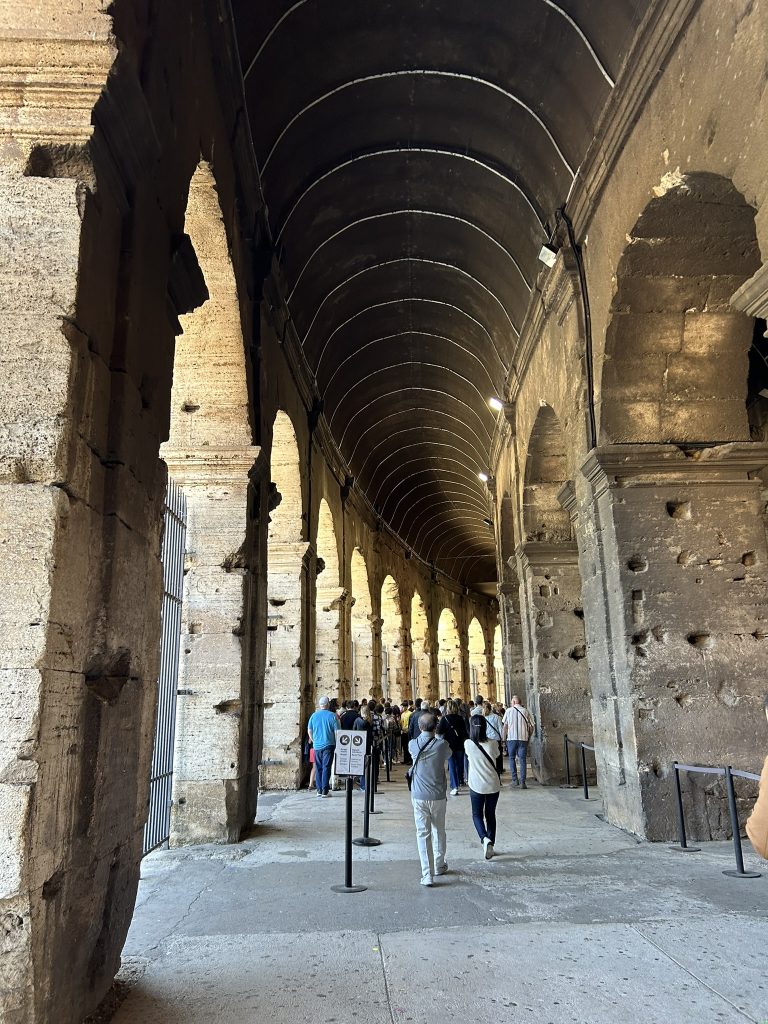10 Best Loire Valley Castles (Châteaux): Fairytale Magic
Planning a trip to check out the Loire Valley castles and châteaux? This post describes the ten best!
The Loire Valley, with its fabulous castles (mostly called châteaux ), gently pretty countryside, and great food, is worth several days of your time.
Yes, you could do a quick day trip from Paris to visit two or three of the biggies (Chambord and Chenonceau are the most popular), but if at all possible, home base in one of the Loire Valley’s many lovely towns and see a châteaux a day for at least five days.
About me: I’ve visited the Loire Valley and toured its many châteaux and castles several times over the years. I love choosing an area to stay put in so I can take walks in the bucolic countryside and sample the fare at local restaurants and wineries.
The Loire Valley is where the kings and queens of France went to frolic, and once you visit, you’ll understand why.
Book a Tour of the Loire Valley
Here are three tours of the Loire Valley with GetYourGuide, perfect for maximizing your sightseeing time in the Loire Valley.
My Favorite Châteaux at a Glance
Here’s my very brief take on each of the ten châteaux/castles I recommend visiting.
I’ve grouped the châteaux by area. If you have at least a week to spend in the Loire Valley, I suggest spending a few nights each in Blois, Amboise, and Chinon.
If you just have a day or two, then my top picks are Forteresse Royale de Chinon, Château de Villandry and Château d’Azay-le-Rideau.
These three are not the most famous; that honor goes to massive Château de Chambord and dreamy Château de Chenonceau. But both those châteaux are crowded and touristy. Stick with some of the smaller, less popular châteaux for a more authentic experience.
Homebase in Blois
These three châteaux are convenient to the town of Blois (with the Royal Château of Blois located in Blois itself):
- Château de Chambord: (#1 on the map below): touristy, crowded huge, lots to see and do, great for families
- Royal Château of Blois (#2): Iconic staircase and steeped in history
- Château de Cheverny (#3): Continuously inhabited over six centuries; exquisite interiors
Homebase in Amboise
Amboise is a central place to stay that is pretty much equidistant between the châteaux around Chambord and those around Chinon.
- Château Royal d’Amboise (#4): Commanding view of the Loire river, burial place of Leonardo da Vinci
- Chaumont-sur-Loire (#5): Gorgeous round towers with carefully restored and furnished interiors
- Château de Chenonceau (#6): one of the most famous châteaux and therefore crowded, touristy, and still magnificent
Homebase in Chinon
This charming little town is a relaxing place to return to after a day of châteaux hopping. I recently stayed there four nights in an apartment overlooking the river.
- Forteresse Royale de Chinon (#7): one of the more historic castles in France; also great for families
- Château de Villandry (#8): spectacular gardens are the big draw here
- Château d’Azay-le-Rideau (#9: stunningly gorgeous; a photographer’s dream
- Château d’Ussé (#10): definitely the stuff of fairy tales with a great Sleeping Beauty exhibit that both kids and adults will enjoy
Map of the Best Loire Valley Castles
Here’s a map of the châteaux I recommend.
Châteaux Passes
if you’re planning to visit several châteaux in the Loire Valley, you may be able to save some money with a Châteaux Pass. Here some options available through Tiqets:
- Château de Chambord Entry Ticket
- Château de Chenonceau Entry Ticket
- Choose between: Château de Blois, Château de Close Luce or Château Royal d’Amboise
- Château de Villandry Entry Ticket
- Château d’Azay-le-Rideau Entry Ticket
- Royal Fortress of Chinon Entry Ticket & AR Tablet
Which Châteaux Are for Me?
This table summarizes the top Loire Valley castles and châteaux to visit and includes key reasons to visit, a suggested town to homebase, the average visit time, who it appeals to, and links to purchase tickets.
| Castle | Homebase Town | Why Go | Visit Time | Best For | Get Tickets |
| Château de Chambord | Blois | The grandest of them all — Renaissance design, iconic double‑helix staircase. | 2–3 hrs | Photography & architecture buffs | Check tickets |
| Château de Chenonceau | Amboise | Elegant graceful arches over the Cher River, ‘Ladies’ Castle’. | 1.5–2 hrs | Garden & photo fans | Check tickets |
| Château d’Azay‑le‑Rideau | Chinon | Reflections on the water; compact and charming. | 1–1.5 hrs | Photography lovers, shorter visit | Check tickets |
| Château de Villandry | Chinon | Gardens steal the show — symmetrical, lush, perfect for strolls. | 1–2 hrs | Garden lovers | Check tickets |
| Château Royal d’Amboise | Amboise | Hilltop castle with views + nearby Leonardo da Vinci connections. | 1.5–2 hrs | Families, history buffs | Check tickets |
| Château de Blois | Blois | Showcase of four architectural styles in one complex. | 1–1.5 hrs | Short visits, train day trips | Check tickets |
| Château de Cheverny | Blois | Elegant interiors, Tintin inspiration; fun & refined. | 1–1.5 hrs | Families, interior lovers | Check tickets |
| Château d’Ussé | Chinon | Sleeping Beauty fairytale vibes | 1–1.5 hrs | Families, fantasy photo seekers | Check tickets |
Ready to dive in? I’ll start first with a quick overview of châteaux in the Loire Valley and then focus on my six super favorites: Chambord, Villandry, Azay-le-Rideau, Chinon, d’Ussé, and Chenonceau (also included as one of my 17 Must-See Places to Visit in France).
Châteaux Overview
Did you know that France has over 45,000 châteaux? That’s a lot of châteaux! Of course, most are modestly-sized family homes or converted hotels. The major chateaux, the ones that people go out of their way to visit, are mostly located in the fabled Loire Valley about two hours southwest of Paris.
Back in the day, rich folks journeyed from Paris to summer cottages that consisted of multi-turreted architectural wonders that to this day command gasps of wonder from visitors.
I’ve always had a bit of a soft spot for châteaux, ever since I first visited the Loire Valley back in the 1980s on my first of many driving trips around France.
In those days, most of the châteaux I visited were pretty much empty shells, with Cheverny being the only one richly furnished. The majority had been stripped of their furnishings during the French revolution and had not, at least in 1981, been restored.
A lot has changed since my first visit to the area! Each of the châteaux I visited is interesting both inside and outside.
One thing you’ll quickly realize is that most châteaux (particularly the ones I recommend visiting) are incredibly photogenic. It’s almost impossible not to keep snapping and snapping photos of both the exteriors and the interiors.
Find great Loire Valley Hotels
Rent an Apartment in the Loire Valley
Book a Tour in the Loire Valley
Visiting Château de Chambord
Château de Chambord is the largest and most visited château in the Loire Valley. Its location, only about 90 minutes from Paris, makes it an easy day tour if you don’t have your own wheels.
Getting Tickets to Chambord
You can purchase your tickets online before your visit or purchase tickets at Chambord. I last visited in the spring and while I did purchase tickets in advance, I didn’t need to. However, during the busy summer months, you should probably get your tickets before your visit to avoid line-ups.
Visiting Chambord Without a Car
If you don’t have your own wheels, consider taking a day trip to Chambord from Paris. This tour with GetYourGuide includes the three big C’s: Chambord, Chenonceau, and Cheverny, the Loire Valley stars. It’s a long day, but you’ll at least get to see the highlights.
Arriving at Chambord
If you’re arriving at Chambord by car, you’ll arrive first at the very large car park—an indication of just how popular this major château is with visitors. From the parking lot, stroll toward the château. It’s pretty hard to miss!

On your way, you’ll pass a kiosk where you can rent a bike, a golf cart, a boat, or even a pedal car. If you have lots of time to spare, choose one of these options to explore the vast grounds and waterways of the Chambord estate.
If you’re only coming for a short visit, you don’t need to rent a conveyance to take you the short distance over the bridge to the château entrance.
What’s at Chambord
Chambord is kind of like a Château Disneyland. Its website bristles with opportunities for family fun. Apart from visiting the château itself (a must-do), you can visit the gardens, watch a horse show, attend a concert, view an art show, sample local products and more. Check the website for details.
If you’re traveling with children, you’ll find all sorts of activities designed to engage them.
I had only about two hours to spare and so my visit to Chambord consisted of touring the château and then enjoying a quick snack at the outdoor café.
Touring the Château
The Château Chambord is HUGE! Its architecture is also unusual compared to other châteaux. When you enter, you’ll find four wide vestibules forming a Greek cross plan with the center of the cross occupied by the famous double-spiral staircase.
The cross-shaped plan results in four similarly sized living quarters on each floor of the keep—the central part of the château. In addition, there are two wings—the royal wing to the east and the chapel to the west. You access these wings either from the courtyard or from galleries on the upper floors.

Start on the ground floor and wander from room to room in each of the four parts of the cross, then ascend the double-spiral staircase and keep exploring two more floors and the wings. There is a LOT to see.
In addition to several richly furnished quarters, highlights for me included Molière’s theater, the art exhibit by Korean artist Kim En Joong, lots of cool stuffed animals, and a fascinating exhibition about how art was stored at the château in WWII.
Molière’s Theater
As a theater buff (my third novel A Muse of Fire is set at Covent Garden Theatre in 1809), I always get excited when I see old theatres.
At Chambord, the premiere of Molière’s comedy-ballet Le Bourgeois gentilhomme was played in front of King Louis XIV in 1670. Molière’s Theatre is on the ground floor across from the staircase.
The theatre you see today was recreated 350 years after the premiere.

Art Exhibition
When I visited Chambord, a spectacular exhibition of work by Korean stained-glass artist Kim En Joong was featured.
Several rooms on the second floor of the château were devoted to exhibiting Kim En Joong’s work, which included stained-glass pieces, ceramics, and paintings.

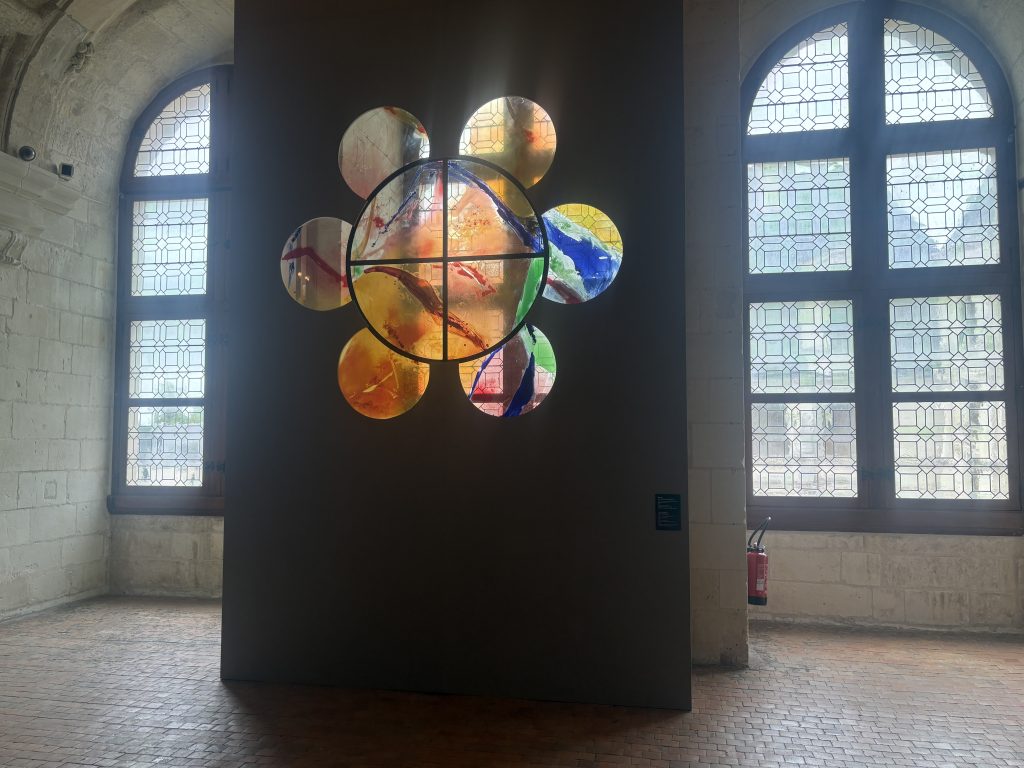

When you visit Chambord, you’ll likely see a different exhibition. Share your reactions in the Comments below for other Artsy Travelers!
Local Flora and Fauna
Several rooms included displays of the critters that roam the estate—from bucks to boars to bunnies. I was particularly taken by the boar.

World War II Exhibition
During WWII, precious artwork from the Louvre was brought to Chambord to protect it from bombing and from being stolen by the Nazis.
The exhibition of how the artworks were transported and stored fascinated me because I’d just read The Stolen Lady by Laura Morelli, who I also interviewed on my podcast (The Art In Fiction Podcast. Check it out!).
If you’re interested in art and WWII, you won’t want to miss this exhibition.

How Long to Spend at Chambord
In two hours, I barely scratched the surface of everything there is to see at Chambord.
While you can definitely see the highlights in two hours, consider spending the whole day there. That will give you time to roam around the grounds, maybe take in a horse show, and spend even more time exploring the 60 rooms in the château that are open to the public.
If you’re already staying in the Loire Valley, and would like a guided tour of Chambord, here are two good options from GetYourGuide.
Visiting Château Villandry
If you love gardens, then put the Château Villandry on your must-see châteaux list. Unlike Chambord, the château itself is quite compact (for a château) and the gardens can be toured at a leisurely pace in about an hour.
You won’t exhaust yourself visiting Villandry!
Interior of Villandry
Various richly decorated rooms give you a sense of how the upper crust lived back in the day. I find that, after a while, one gorgeously appointed room looks pretty much like the next.
For me, the highlight is the beautifully staged kitchen. There is so much attention to detail, including a bevy of stuffed bunnies (more bunnies!) gamboling through a woodland centerpiece on the table.

I also enjoyed the exhibition of paintings by a local artist that was mounted on the upper floor.
Gardens of Villandry
The highlight of Villandry—and why people visit—is the sumptuous gardens, reputed to be among the best of all the Loire châteaux (which is saying something).
If you’re lucky enough to visit on a sunny day, you’ll find lots of fabulous angles to snap—some including the château, and others focusing on the gardens.
I appreciated that the gardens, while extensive, are easily walkable and also uncrowded. You can see by the pictures that we had the place almost to ourselves.




Visiting Azay-le-Rideau
For good reason, Azay-le-Rideau is touted as one of the most beautiful chateaux in the whole of the Loire Valley, if not France. Its symmetrical architecture and location surrounded by water make it ridiculously photogenic.
I dare you to walk around it and not take photos!

When visiting Azay-le-Rideau, you can choose to enter just the grounds for free between 5 and 6 pm. This is what I did. I didn’t feel like touring the interior of the chateau after already touring Chinon, Chambord, and Villandry, and so opted to only view it from the outside.
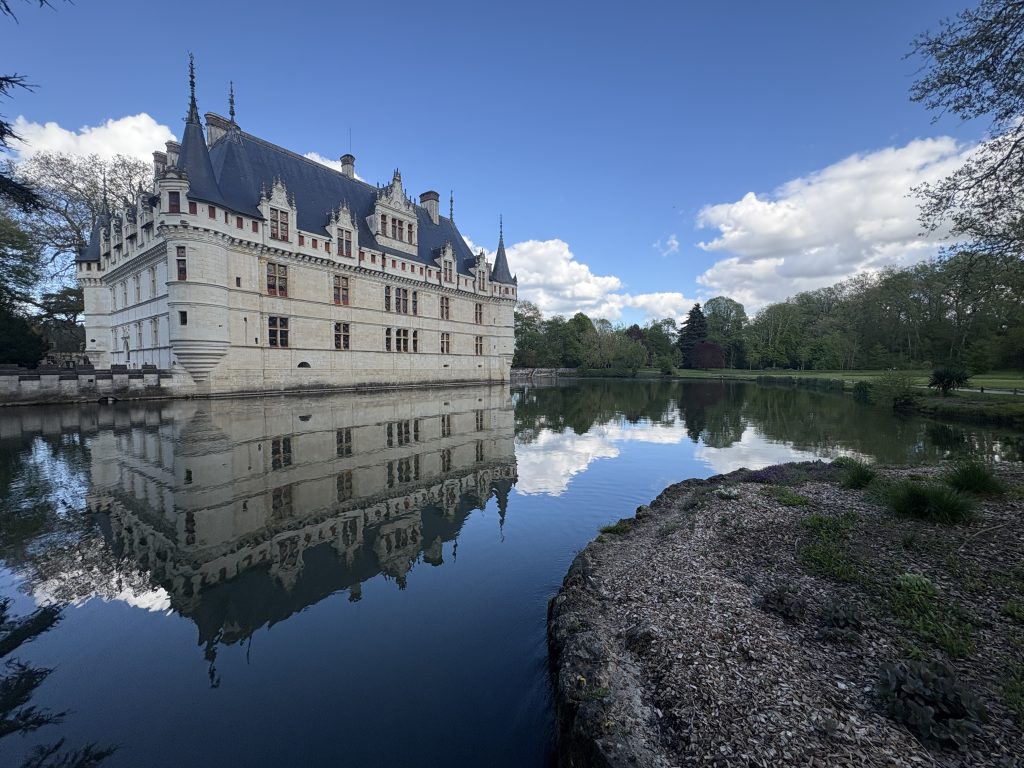
If you choose to go inside, you’ll pay €16 and see the usual assortment of sumptuously furnished rooms. You’ll also learn more about the history of the chateau. Check out the website for more details.
An hour is sufficient to circumnavigate the château and snap a ton of pictures. During my visit, the late afternoon light made the walls of the château positively glow.

Morning Tour of Azay-le-Rideau and Villandry
If you don’t have your own wheels, consider this GetYourGuide guided tour that takes in both Azay-le-Rideau and Villandry.
Visiting Chinon Castle
Chinon has one of the Loire Valley’s most interesting medieval castles. While many of the châteaux date from the middle ages, quite a few were extensively renovated in the Renaissance and later. Any vestiges of the original fortresses are long gone.
Not so Chinon. It still looks like a “real” castle, complete with battlements, towers, and plenty of severe stone-walled rooms.

Getting to the Castle
You can walk up to the castle from anywhere in the town of Chinon which meanders picturesquely alongside the Vienne River. Be warned that it’s a stiff walk, albeit with stunning views.
Or, you can be smarter than I was and walk through the main square at Chinon and take the thoughtfully provided elevator up to the fortress. Your legs will thank you.
Touring the Castle
I really enjoyed Chinon Castle because it was different from the fancy dancy châteaux. This was a castle that meant business back in the day.
In fact, it’s called the fortress of Chinon, and was the last refuge of Henry II of England, and also hosted such luminaries as Eleanor of Aquitaine, Joan of Arc, and Charles VII.
The fortress is actually three castles for the price of one! There’s plenty to see with lots of explanations about the history and its many famous inhabitants. I was quite taken with this massive bed.
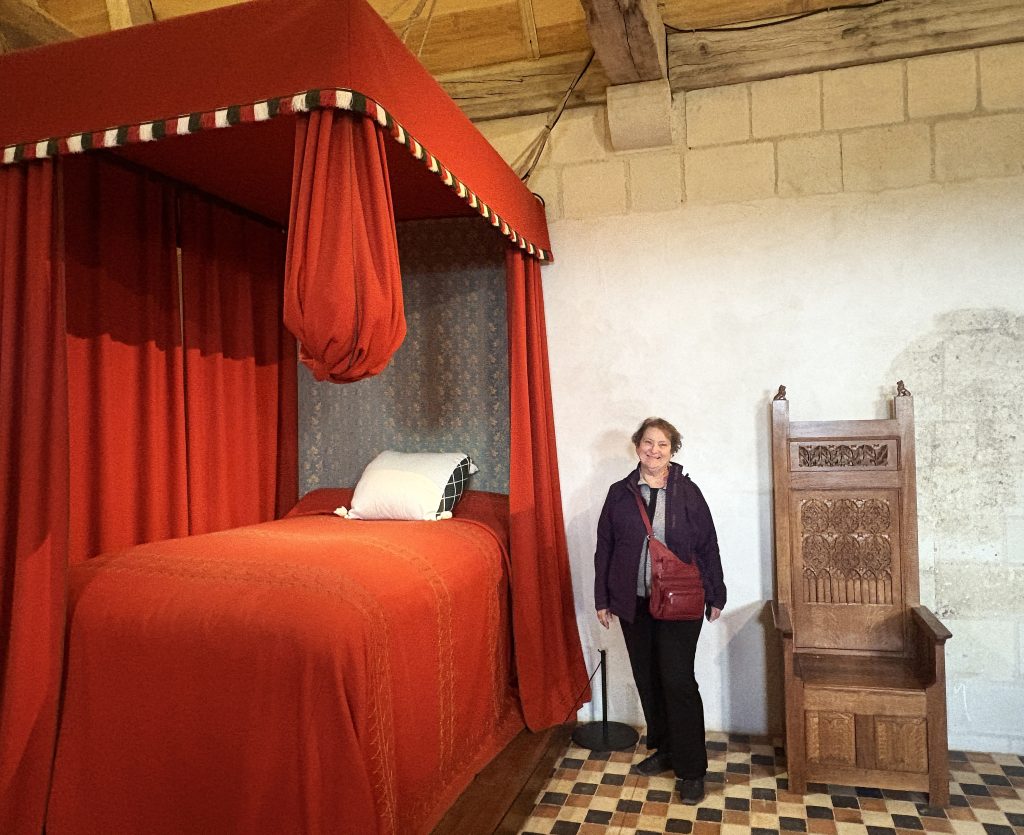
Get the Histopad
I suggest picking up a histopad when you buy your tickets. Histopads were also available at Chambord, and I must say they provide a clever way to enjoy all that a site has to offer.
The histopad virtually reconstructs nine rooms in the castle to show you a 360° view of what they looked like in their heyday, complete with sound effects. Here’s how the histopad depicted the kitchen.
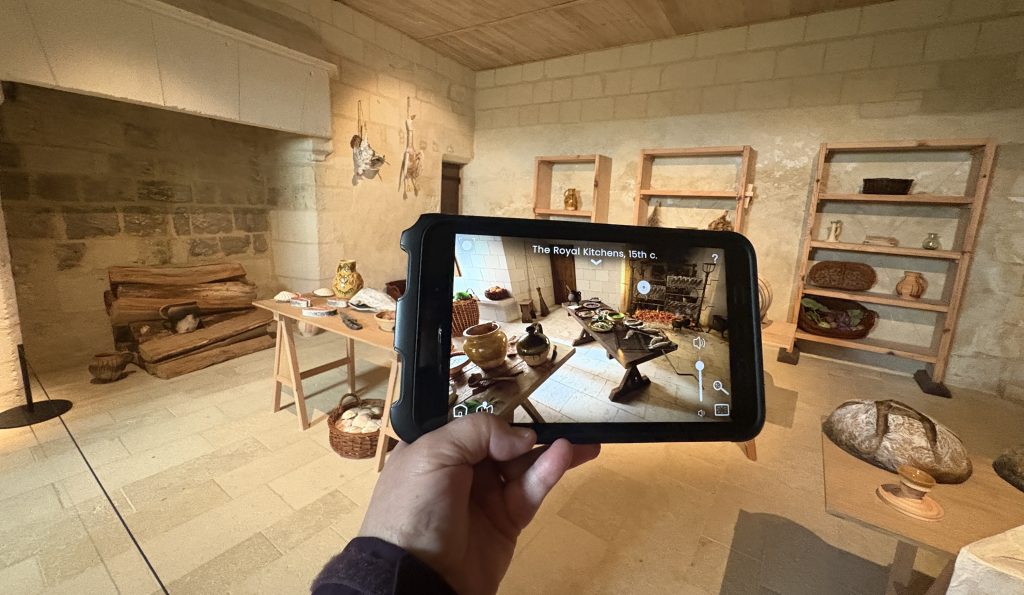
Enjoying the Views
A highlight of a visit to Chinon is the stunning view over the town of Chinon and the Loire countryside. This area of France really is ridiculously photogenic!
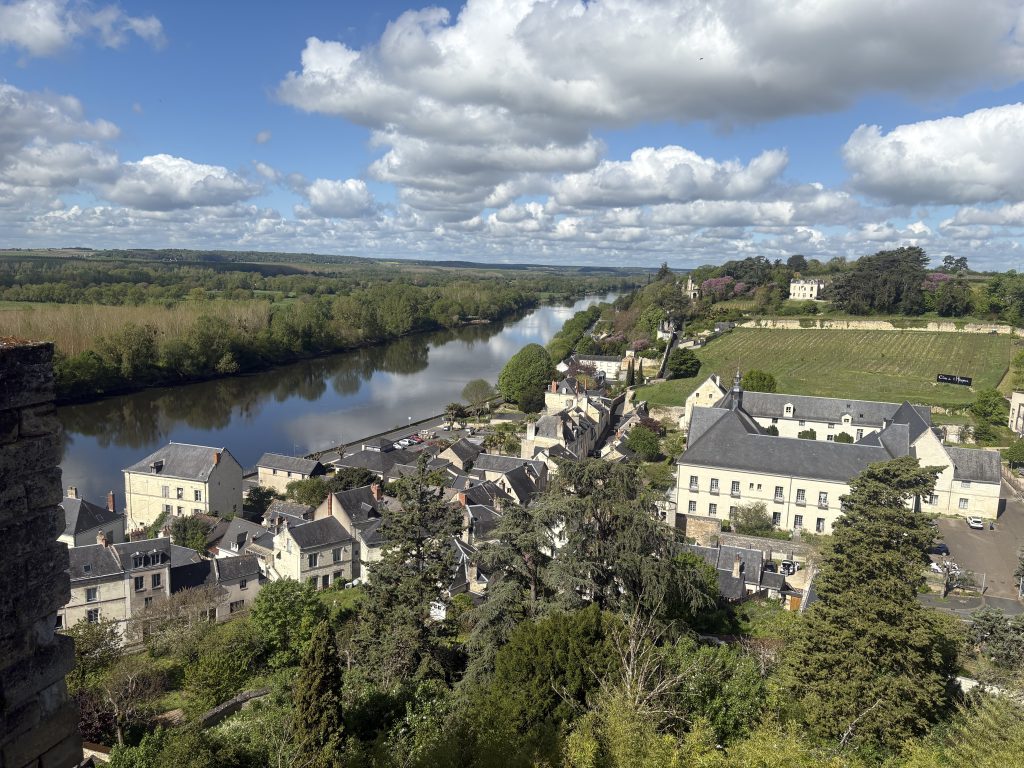

Tours Around Chinon
If you want a break from touring chateaux, consider a bicycle tour of the area around Chinon that also includes wine tasting. Here’s an option with GetYourGuide:
Visiting Château d’Ussé
The Château d’Ussé is often called the Sleeping Beauty Castle or, in French, La Belle du Bois Dormant. It certainly has that vibe.
Surrounded by peaceful countryside and a bit off the tourist track, Ussé is an excellent choice if you’re looking for a quick and easy château visit—and you’re a fan of Sleeping Beauty (and who isn’t?).

Sleeping Beauty Tower
The main part of the château has a few nicely furnished rooms, but the real attraction is the Sleeping Beauty turret. Yeah, it’s a wee bit cheesy, but I enjoyed it!
You climb up a narrow spiral staircase (warning: it’s pretty narrow so you need to be quite spry) and view various rooms depicting events in the sleeping beauty story. I thoroughly enjoyed it!



Around the Château
A pleasingly laid out formal garden overlooks the Ussé River, and you can also check out the chapel, the stables, and the cellars.
Afterwards, relax in the outdoor café near the entrance to the château. The food’s not gourmet, but you can’t beat the view.
Visiting Château de Chenonceau
It’s a toss-up which château—Chenonceau or Chambord—is more famous and more beautiful. My money’s on Chenonceau.
While Chambord is remarkable, Chenonceau is classy. It sits regally on the edge of the Indre River with a large gallery that extends across the river.
It’s also very popular! If you’re traveling there in high season, get your tickets in advance.
Here are a few pics to inspire you:

Chenenceau and Chambord Tour from Amboise
Here’s a tour with GetYourGuide that goes from Amboise and includes both Chambord and Chenenceau.
Specialty Loire Valley Experience
If I had an unlimited budget, I may consider taking this balloon tour of the Loire Valley with GetYourGuide. If you’ve participated in something like this, let us know your experience in the comments below!
Where to Stay in the Loire Valley
On my most recent visit to the Loire Valley, I stayed in an apartment overlooking the Vienne River in the charming and uncrowded town of Chinon.
During my four days there, I never tired of watching the light change the river, depending on the time of day. Here’s a selection of photos I took of our view.




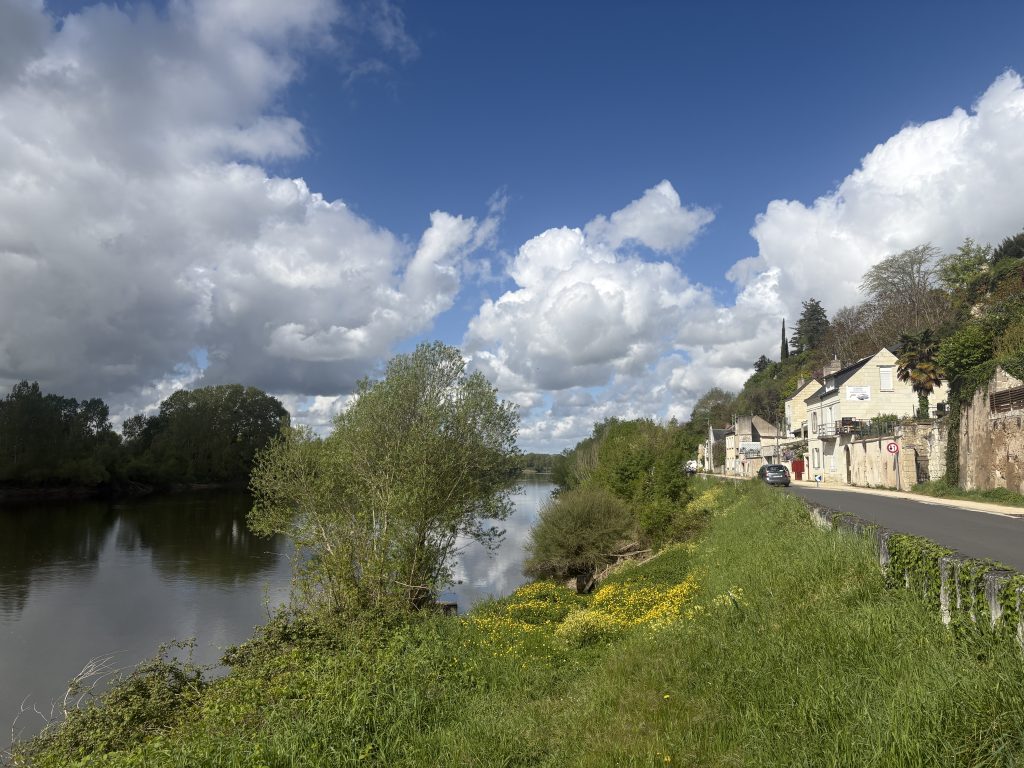
Here are some more options for places to stay in the Loire Valley:
Suggested Loire Valley Itineraries
Planning how to fit in all those fairytale châteaux? Whether you have two days or a full week, here’s how to see the best of the Loire Valley without feeling rushed.
2-Day Loire Valley Itinerary – The Highlights
If you only have a weekend, focus on the most iconic and photogenic castles.
Day 1 – Chambord & Cheverny (Blois base)
- Morning: Drive or tour to Château de Chambord, the grand Renaissance masterpiece.
- Afternoon: Visit Château de Cheverny for elegant interiors and Tintin lore.
- Evening: Stay overnight in Blois and stroll its charming old town.
Day 2 – Chenonceau & Amboise
- Morning: Head to Château de Chenonceau, the “Ladies’ Castle” spanning the River Cher.
- Afternoon: Explore Amboise for views, da Vinci’s tomb, and riverside cafés.
3-Day Loire Valley Itinerary – A Bit More Relaxed
This itinerary is ideal if you want to linger over gardens, wine, and views, and really savor the magic of the Loire Valley.
Day 1 – Chambord & Blois
- Begin at Chambord (arrive early to beat crowds).
- Afternoon: Tour Blois Castle and stay the night in town.
Day 2 – Chenonceau & Amboise
- Visit Chenonceau, then continue to Amboise for its royal château and Clos Lucé.
- Enjoy a relaxed dinner with Loire wines in Amboise.
Day 3 – Villandry & Azay-le-Rideau
- Morning: Wander Villandry’s spectacular gardens.
- Afternoon: Photograph Azay-le-Rideau, reflected in its moat. TIP: Go an hour before closing and get in for free (and the light’s best then!)
- Overnight in Chinon or nearby countryside.
5-Day Loire Valley Itinerary – The Ultimate Château Adventure
For those who want the full fairytale experience, along with plenty of history and opportunities to take awesome photos. Stay in Blois for two nights and Amboise or Chinon for three nights.
Day 1 – Arrival + Blois Base
- Check in to your hotel or apartment in Blois.
- Visit Royal Château de Blois and enjoy dinner in the old town.
Day 2 – Chambord & Cheverny
- Morning: Château de Chambord.
- Afternoon: Cheverny, then optional wine tasting at a local domaine.
Day 3 – Amboise & Chenonceau
- Explore Amboise Castle and Clos Lucé, then continue to Chenonceau.
- Stay overnight near Amboise or Chinon.
Day 4 – Villandry & Azay-le-Rideau
- Morning: Villandry’s Renaissance gardens.
- Afternoon: Azay-le-Rideau—don’t miss the golden-hour reflections.
Day 5 – Chinon & Ussé
- Tour Forteresse Royale de Chinon, full of medieval drama.
- End your trip at Château d’Ussé, the “Sleeping Beauty” castle.
Pro Tips for All Itineraries
- Driving gives flexibility, but trains + day-tours work well if you prefer not to drive.
- Many castles open by 9 a.m.—arrive early so you can take photos without crowds.
- Consider purchasing a Loire Valley Châteaux Pass to save on multiple entries.
- For romantic views, plan an evening at Chenonceau or Villandry when the light glows over the river and gardens.
Your Châteaux Touring Questions Answered
If you’re short on time or it’s your first visit, aim for Chambord (wow factor), Chenonceau (picture-perfect and unique), plus either Villandry (for gardens) or Amboise (for views + da Vinci). These give you a mix of architecture, setting, and history. But if you want to get off the beaten track and prefer touring without crowds, choose Chinon Castle for history, Château d’Ussé for fairytale vibes, and Azay-le-Rideau for stunning photos.
Yes . You can take a train from Paris to Tours or Blois and then local buses or short taxis to nearby châteaux. For example, Blois, Chambord and Amboise all link well from Blois station. Booking a guided coach tour from Paris is also a convenient no-car option.
For the busiest sites like Chenonceau and Chambord, it’s wise to book ahead, especially during peak season (May-Sept). You can get tickets for most of the other châteaux when you arrive.
Late spring and early autumn give you pleasant weather, fewer crowds and spectacular gardens. For Chambord and Chenonceau, expect to spend several tours. For many of the smaller chateaux, an hour or two is enough.
Château de Villandry’s extensive and beautifully maintained Renaissance gardens are a must-see for gardening enthusiasts. The gardens at Chenonceau are also gorgeous.
Conclusion
If possible, stay awhile in the Loire Valley so you can tour at least three or four châteaux without rushing. Also take time to sample the great local wines, take walks in the beautiful countryside and just hang out.
Have you visited the Loire Valley? Share your thoughts and recommendations in the comments below.











